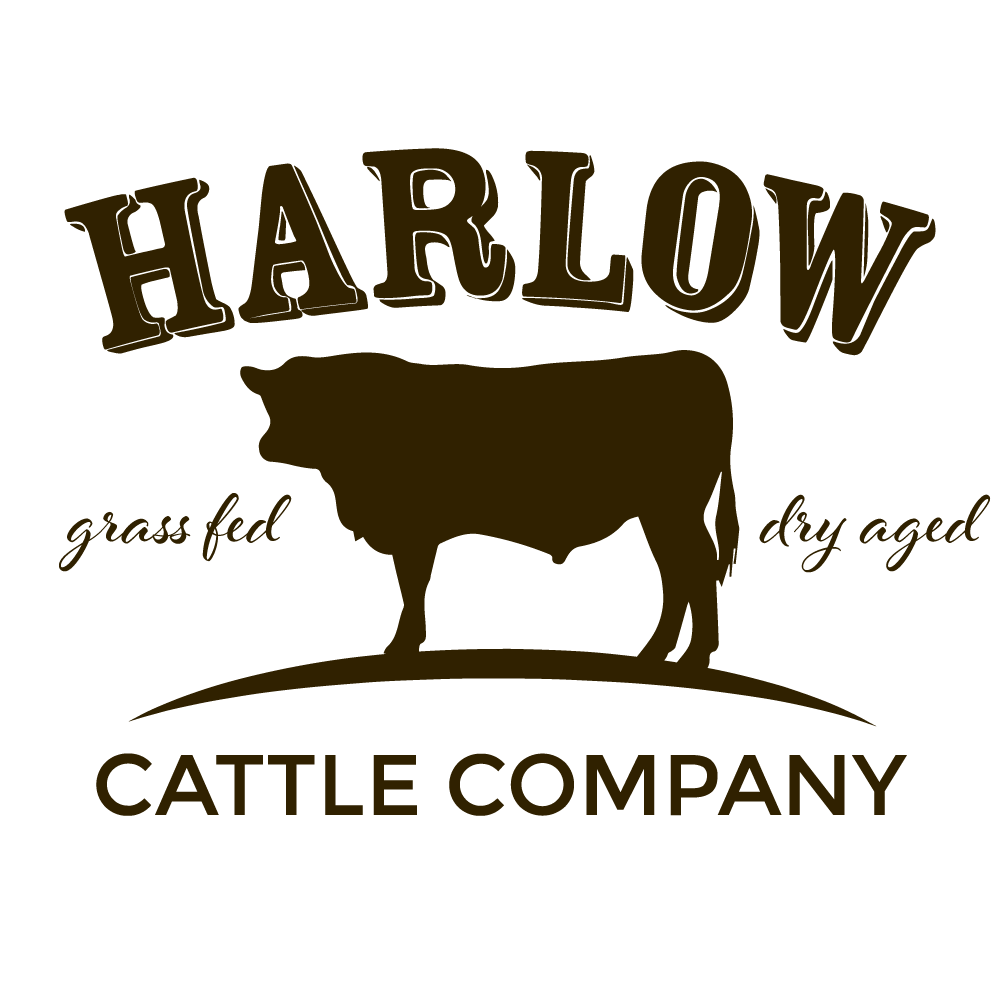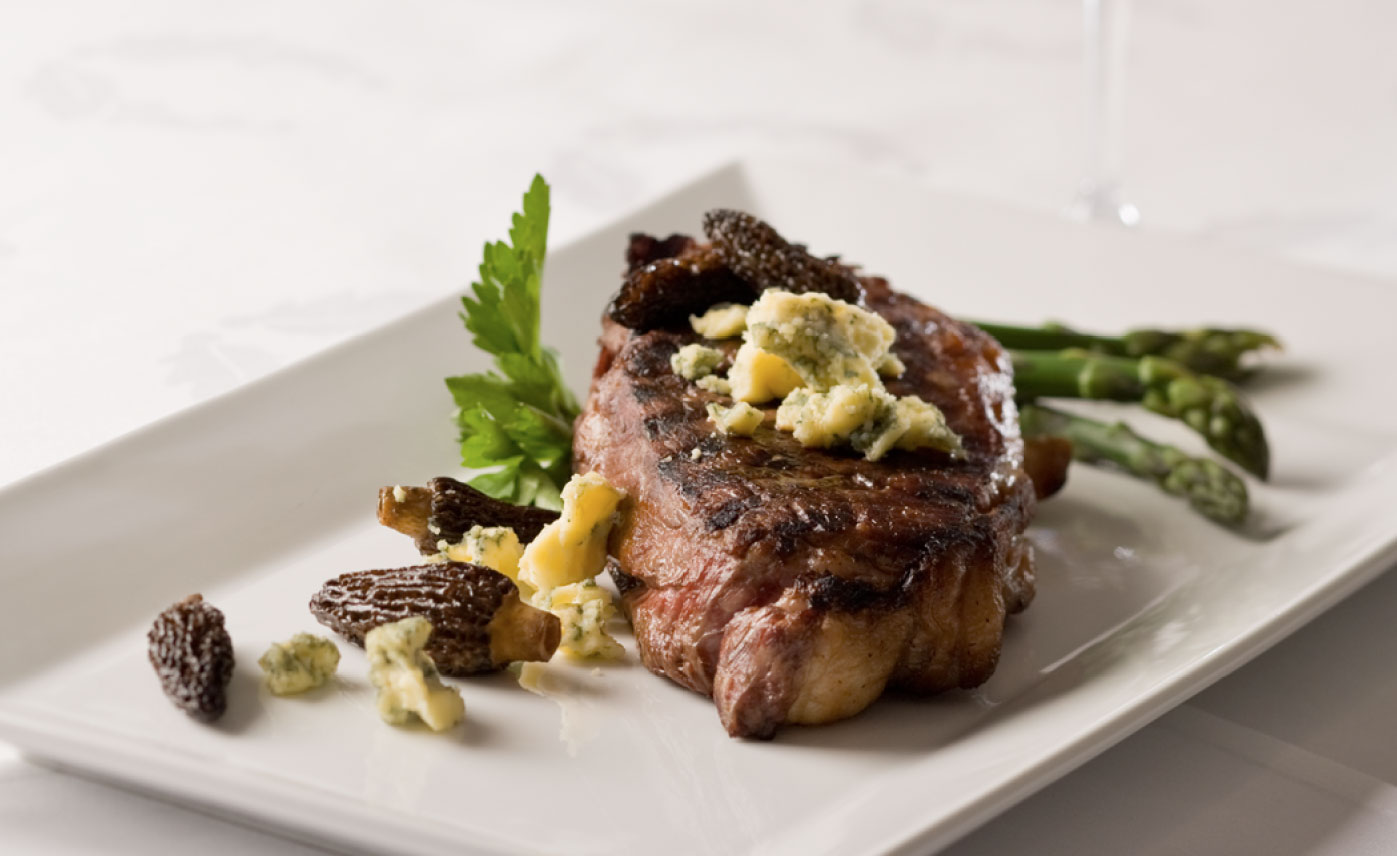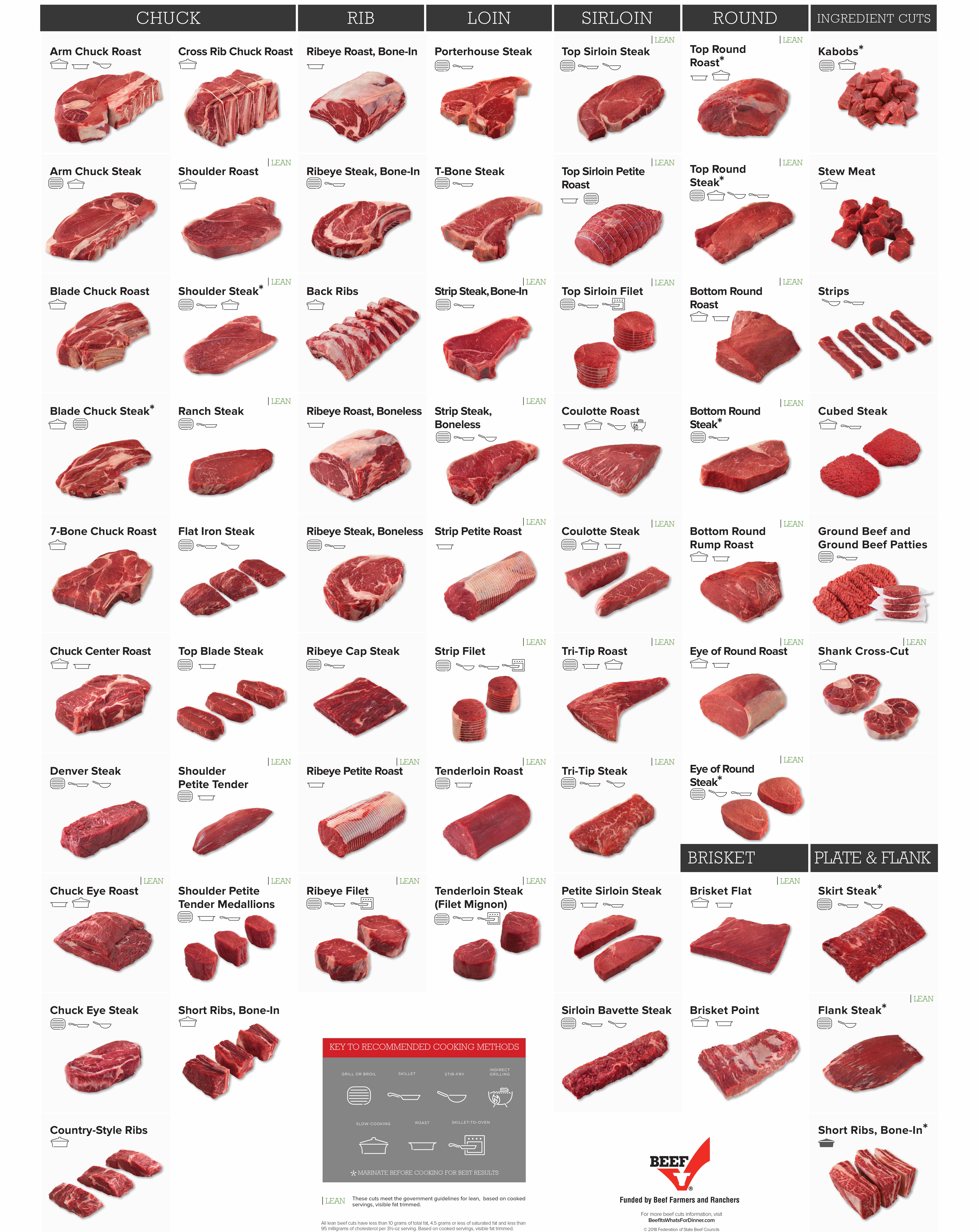Taste
Grass fed beef tastes different than grain fed beef. The taste is a reflection of the cattle’s all natural diet. American palates, for decades, have grown accustomed to the taste of grain fed beef. Grass fed beef has a unique flavor that everyone can enjoy if you open your mind and taste buds to the delicious new flavors. Try a perfectly cooked grass fed, dry aged steak and you’ll be an instant convert!



